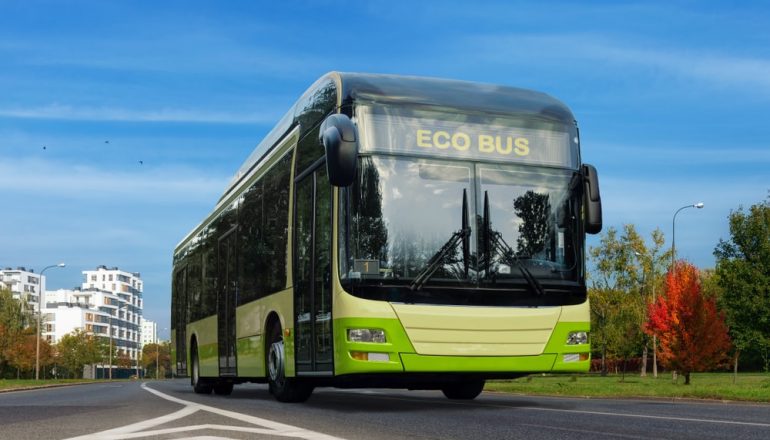Under 140 Characters
While the nation is getting taken over by the new e-buses, SUN Mobility is urging companies to adopt the battery swapping technique to ensure better transportation.
What Is It?
What happens when your remote control’s battery gets weak? You simply replace it with a new one! E-Buses could be the future of transportation in India and it’s really important to keep them functioning optimally. Ashok Leyland, a company that has manufactured air-conditioned electric buses has collaborated with SUN Mobility to introduce the ‘battery swapping’ technique in e-buses. A regular e-bus battery takes nearly 4 hours to charge to make it run for 225 km, but with this technique the e-bus won’t have to stick around in one position for a long time and transport will continue normally.
How Can It Be Done?
Ashok Leyland has designed buses in a way that with a 2 minute procedure, the battery can be swapped easily. They will establish Quick Interchange Stations (QISs) across the city and they will act as fuel refill centers for e-buses. This way fully charged stand-by batteries will be available for all e-buses that will come to the QISs to go through the battery swapping procedure. It’s great because now the e-bus will be able to continue its journey normally without wastage of charging time.
What’s Happening Now?
Currently, Ahmedabad is the only city in India that has running e-buses and also has a QIS at Ranip Depot. The city aims to have 50 e-buses by April and 350 by the end of the year.
Pune’s e-buses will be launching by March 2019 as well and it plans to have 330 by the end of the year.
